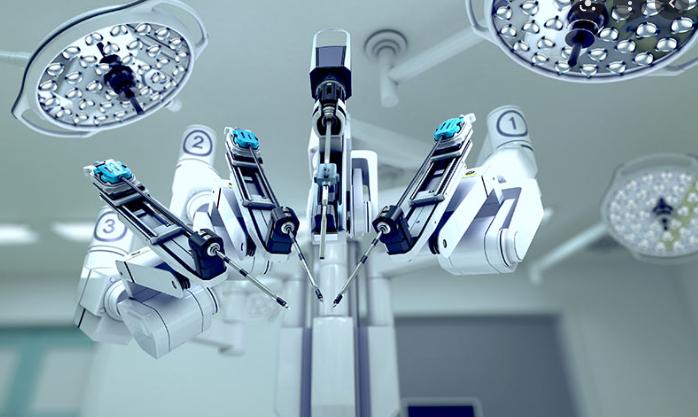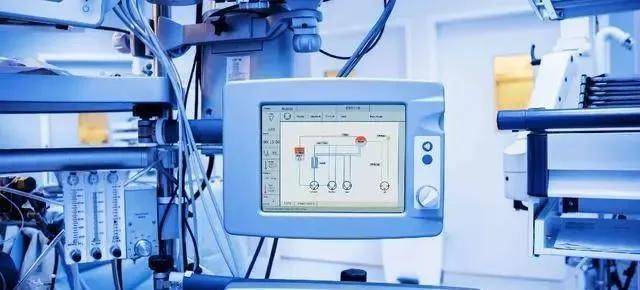Canada ranks ninth in the global medical device market and fourth among the eight leading industrial countries, behind the United States, Germany and France. According to official disclosed data, in 2022, the Canadian medical device industry has more than 400 companies, providing more than 30,000 jobs, and its market size is estimated to be $6.8 billion, which is expected to grow at a rate of 5.4% per year to 2028.

Canada's ability to stand out in the highly competitive global medical device market is inseparable from Canada's rich educational resources and talent pool.
Canada is home to about 40 world-class research hospitals, 19 life sciences networks/centres, and about 40 incubators and accelerators supporting life sciences and health AI companies. Nearly 59.4 per cent of Canadians aged 25-64 have graduated from post-secondary institutions and have the most educated workforce in the world, with more than 4.8 million of them holding degrees in STEM or health care programs.
Canada has won global acclaim for its rich educational resources, cutting-edge research capabilities and relentless pursuit of innovation. Especially in the medical device industry, the development and technological innovation in this field is due to the active participation and significant contribution of several top universities.
The Medical and biomedical engineering programs of the Faculty of Life Sciences and Engineering at the University of Toronto have achieved breakthrough achievements in both academic research and practical applications, and its IBBME program and TBEP program involve a wide range of research projects. McGill University's School of Medicine, through its deep academic heritage and international cooperation, has worked closely with medical device companies to promote the development of many innovative medical products in the research of new biomaterials and nanotechnology. The University of Waterloo has a strong pipeline of talent for businesses in areas such as medical imaging, robot-assisted surgery and wearable technology.

Canada's higher education institutions not only provide high-quality education and research environment, but also strive to translate research results into practical applications, and promote the innovation and development of the medical device industry.
The development of the Canadian medical device industry cannot be separated from a series of initiatives by the Canadian government.
Scientific Research and Experimental Development (SR&ED) incentives are also at the heart of the Government of Canada's drive for innovation. Through this program, companies can receive a tax credit for research and development investment, which costs about $3 billion a year. These credits enable companies to reduce the burden of research and development costs and encourage them to invest in research into new technologies and products, including the development of medical devices.

Canada also offers progressive tax incentives, which include tax deductions and tax credits. The forward-looking regulatory framework developed by the Canadian government is also important for the growth of the medical device industry. The government has effectively promoted the growth of the medical device industry through a dual-track strategy of financial incentives and regulatory framework, creating an ecosystem conducive to innovation, research and development and commercialization. These measures not only enhance Canada's competitiveness in the global medical device market, but also provide a strong attraction for domestic and foreign investors and businesses.